
You don’t need to be a fanatical hypermiler to improve your fuel economy. Everyone can squeeze more miles per gallon out of their fuel with their current car just by applying a few basic ideas. If you do them well you should be a safer driver too.
Some people drive while others travel, but if you want to save fuel, you need to be a smooth operator. I’m going to teach you five practical tips that you can use to improve your fuel economy in just a minute. I’m going to demonstrate some of these tactics while driving, but first up, I just want to give you some data to help you understand why these things work before you even hit the road.
1. You want to make sure that your car is properly maintained. This will include inflating your tires, removing excess weight, ensuring that your engine is well tuned, and using the right oil.
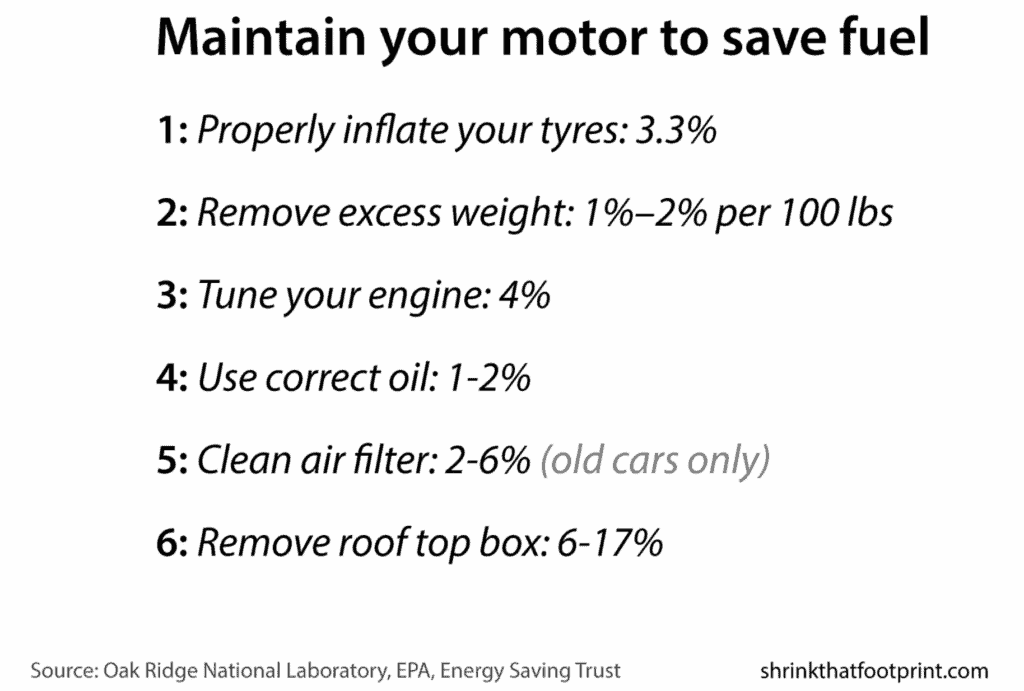
2. The second tip is to accelerate smoothly. You want to get off the mark quite gently so you don’t use up too much fuel starting, but then you also want to change up gears quite quickly.
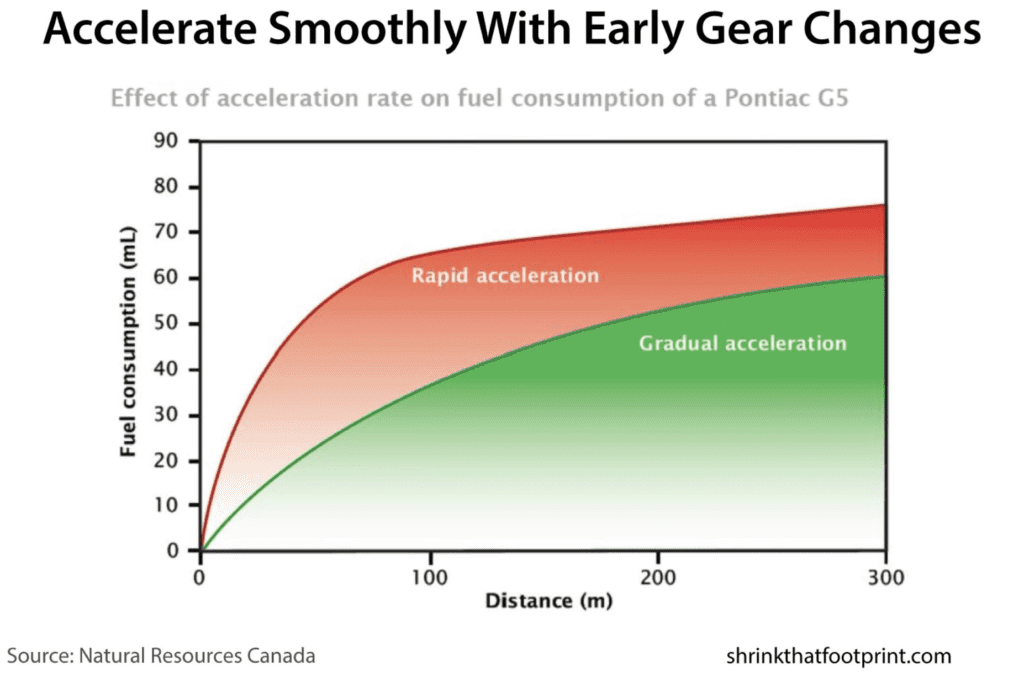
Thirdly, when you’re out on the highway, you really want to watch your top speed. A study of 62 vehicles by Oak Ridge National Laboratory showed that fuel economy drops quickly after 50 miles per hour and very quickly after 60 miles per hour.
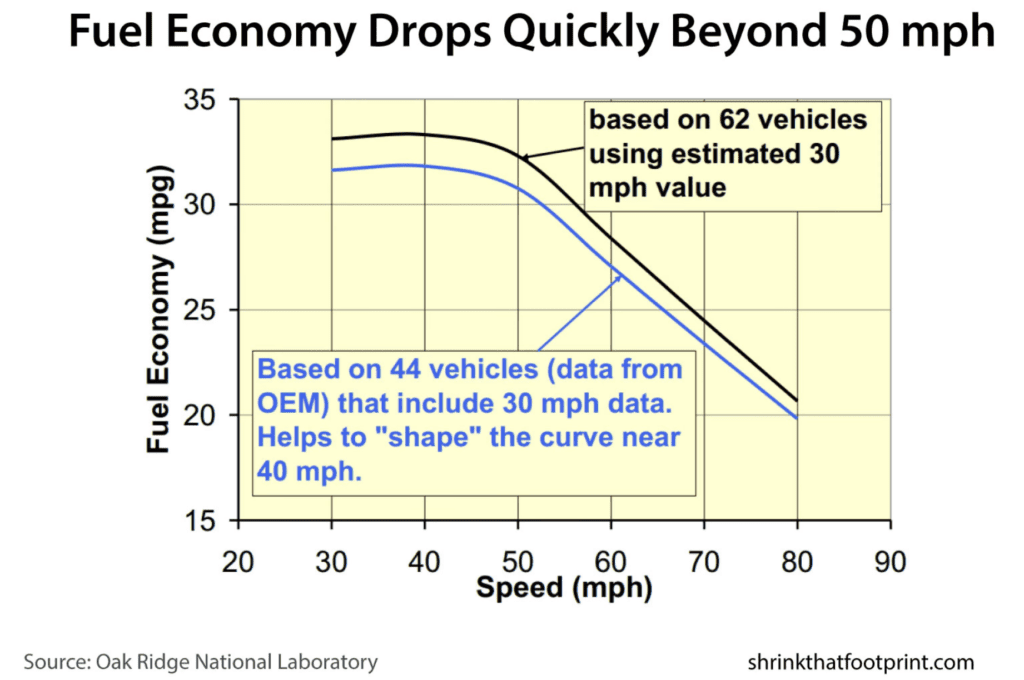
The fourth tip is to anticipate conditions every time you touch the brake. You’re turning useful fuel into waste heat and noise by carefully anticipating road conditions and coasting in gear when safe. You can dramatically reduce the amount of fuel you use in city driving.
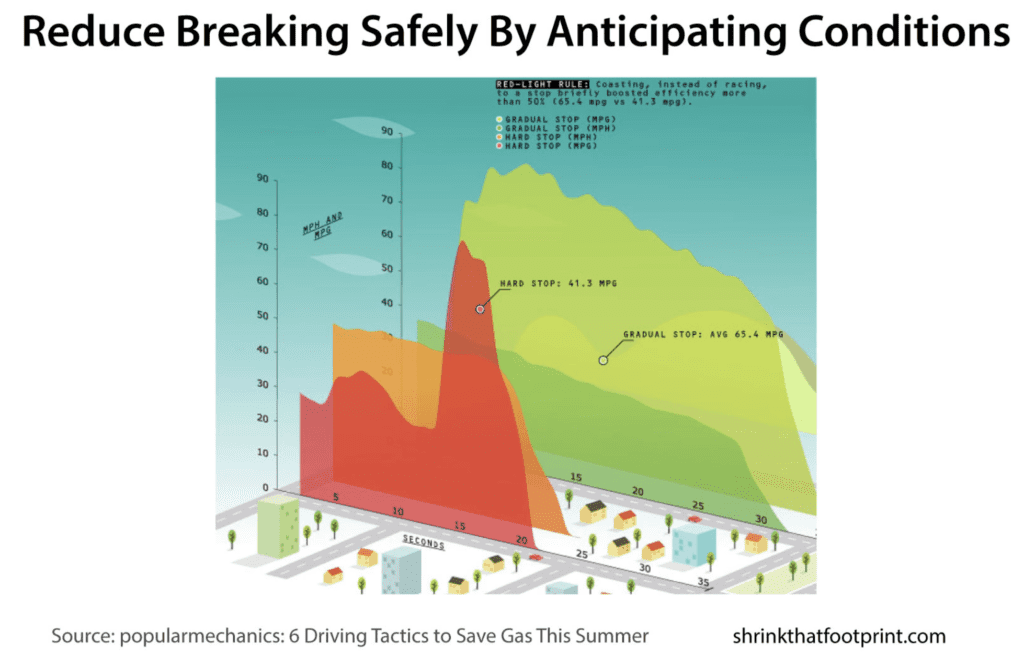
The last tip is to conserve energy where possible by doing simple things like not warming up the engine, avoiding accelerating up hills, turning off the car when idling, and using the air conditioner sparingly. Now, just before we practice some of these tips, I want to point out that your car is a certain way, has a certain type of engine, and has a certain drag coefficient, so you can only improve it so much.
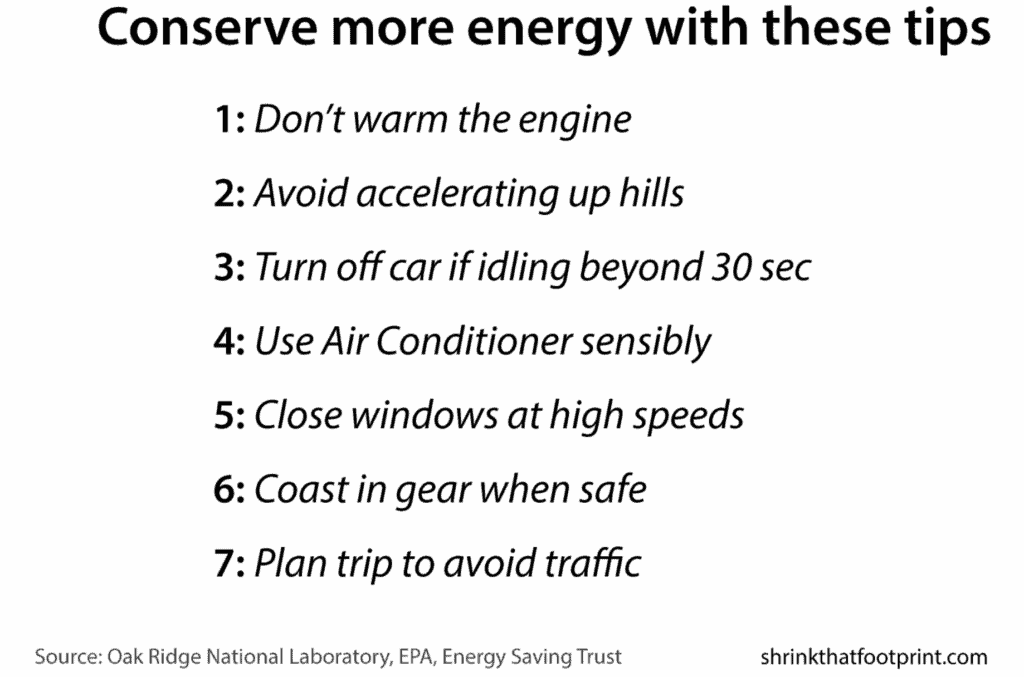
If you’re already a smooth and efficient driver, you’re only going to get about 5% gains from these tips. For the average person, you might see 10-15% gains, but if you’re an aggressive driver that speeds a lot and accelerates quickly, you could see 20-30% gains in fuel economy by using these ideas.
I have a 1.4 litre diesel car. It’s pretty efficient and small. I make sure there’s not any excess weight in it at the park for my kids car seats. I’m going to go and make sure the tires are inflated before we head on. So here we go. There’s no need to let you engine warm-up. This is a pretty modern car.
One minute later I’m waiting for a train and I know I’m going to be here for more than 30 seconds so I turn the engine off. This kind of 31 psi on the front and about 33 at the back.
Ok, so the tires is all pumped up and we’re ready to go. To accelerate efficiently, you want to be really gentle coming off, but then as you get through the gears, actually change up quite early- around five to two thousand revs, even lower in a diesel. And then make sure that you don’t burn too much fuel getting off the mark, but also then you change up into the more efficient gears quickly. So I’m up on the freeway now and I’m doing about 55 miles per hour on this road. Some people are doing 65 maybe even 70, so I’m not going to go too slow, but at the same time I don’t want to push it up over 60 because that’s when my economy really starts to die.
We’re getting up a hill and you never really want to accelerate up hills because that really burns fuel. So I’m actually easing off a bit. Let’s go find the truck which is draft behind us. Back down to the power and ride it out. Come on. You’ll note that I’m not drafting the truck. It’s just silly and dangerous. I’m rolling down the hill now so I can actually come at the truck close. I’ll just tickle the accelerator and I’m really not using much fuel. You see the little red line? I’m taking it easy. Rolling on it. And there we go.
Lindsay Wilson
I founded Shrink That Footprint in November 2012, after a long period of research. For many years I have calculated, studied and worked with carbon footprints, and Shrink That Footprint is that interest come to life.
I have an Economics degree from UCL, have previously worked as an energy efficiency analyst at BNEF and continue to work as a strategy consultant at Maneas. I have consulted to numerous clients in energy and finance, as well as the World Economic Forum.
When I’m not crunching carbon footprints you’ll often find me helping my two year old son tend to the tomatoes, salad and peppers growing in our upcycled greenhouse.
